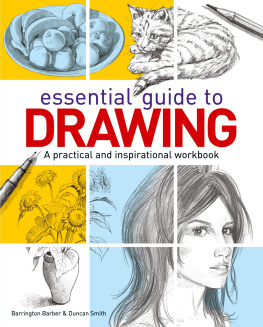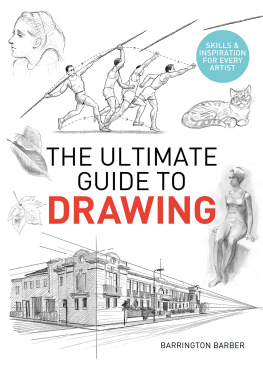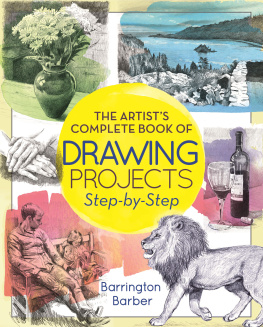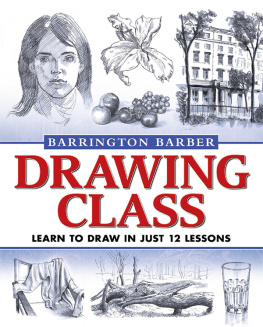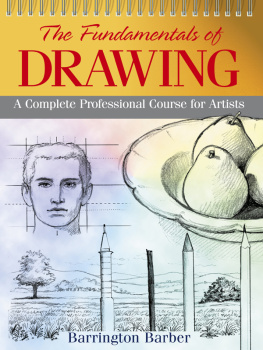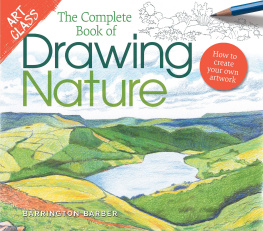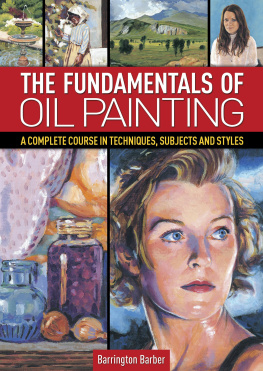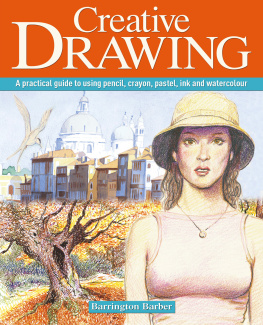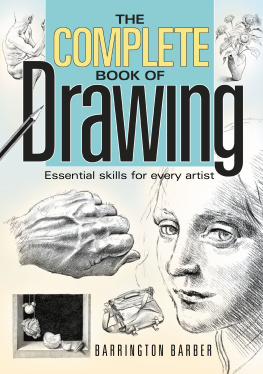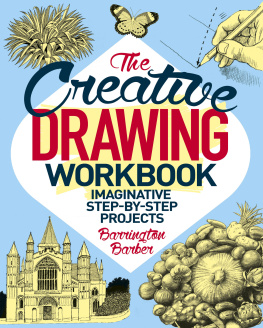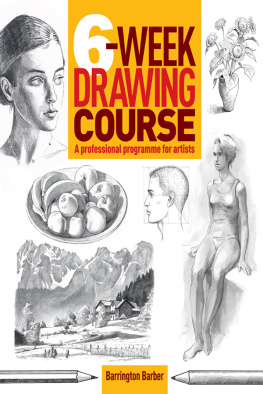
Introduction
Learning to draw is not difficult; it is simply a case of making marks on paper and practising them over and over again, in just the same way as you learnt how to write. Indeed, before you discovered how to write you probably made energetic drawings, full of expression and creativity but later you may have worried about whether you could get things right and lost confidence in your ability to draw.
So, now you are beginning again, hopefully with optimism that you can master this skill. All you need to draw effectively is the desire to do it, some persistence, the ability to observe and the willingness to make mistakes. This last is one of the most important points, since if you worry about mistakes your drawings will be inhibited and static, rather than vivid and lively. Every error is in fact a learning experience and a step along the path to improvement, because you can mark each one up as an error that you will not make again.

Getting together with other people who are also learning to draw is a good idea, as this will help your own progress; you will get some feedback on your work and will learn from the successes and failures in theirs. Ultimately, when we draw our aim is for our art to be seen and appreciated by others, so right from the start, consider your drawings as being for the public view. They may not be to everyones liking and you may receive criticism delivered with varying degrees of tact; it is for you to decide whether it is justified or not. Very often you will discover that a fresh eye has seen something that has eluded you while you have been working away, engaged on building up your drawing and perhaps elaborating on something that was not quite right from the start. The opinions of others will help you to take an objective look at your drawing, so welcome them even if you decide that they are wrong.

Most importantly, enjoy your drawing. If you feel you are getting a little stale and progress seems slow, do not feel discouraged just try new mediums, papers and subjects and set yourself tests such as five-minute sketches, trying to capture animals on the move or drawing passersby from a caf table. Your creativity will soon return and with it you will refind your path to being a skilled artist.

Materials and Equipment
The range of drawing materials and tools is wide and exciting, but you do not have to make a big investment in order to equip yourself with the necessities for making vibrant, interesting drawings; on the simplest scale, you can use an ordinary office pencil or break a twig off a bush in your garden and dip it in a bottle of ink. Always be open to experimentation when it comes to mark-making, as that way you will discover the tools and mediums you enjoy the most.
Pencils
You can buy pencils in a range of grades from 9H (very hard) to 9B (very soft), with HB as the midway point. In practice, HB, B, 2B and 4B are the ones you are most likely to use, the harder ones for detail and the softer ones for expanses of tone. Pencils also come in a range of qualities, from everyday to high-quality types for artists.
While the common types of pencil are often referred to as lead, they are in fact made from graphite mixed with a clay binder. You can also buy solid sticks of graphite without a wood casing which allow you to quickly make broad areas of tone, while a white carbon pencil will come in useful for contrasting highlights.
Cont pencils or crayons date from the late 18th century and are made from compacted clay and pigment, usually black, brown or red. As with graphite, cont is also available as a stick, with no casing. The mark that cont makes is rather like that of pastel, but is harder and more stable.
Watersoluble pencils allow you to make an easy transition from drawing to painting. Used dry, they behave like ordinary pencils, but by sweeping a wet brush over your marks you can produce a wash resembling watercolour. They are available in graphite and in a range of colours.

HB B 2B 4B

Cont pencil

White carbon pencil

Watersoluble pencil
Charcoal, chalk and pastel
As charcoal is simply made from charred wood, it is one of the oldest drawing materials available. Like graphite pencils, it comes in a range of grades. It is very crumbly, so you can smudge it with your fingers to produce soft tones and cover large areas, and you will need to use fixative once you have finished your drawings. A box of willow charcoal will give you sticks of different sizes that may be slightly unpredictable as to how hard or soft your marks will be, but if you prefer a more even result and less dust on your hands you can buy charcoal in pencil form.
White chalk is an inexpensive but effective medium, excellent for providing highlights and for using on toned paper, with the paper colour acting as the mid-tone and charcoal for the darks. For colours, try soft pastels, which offer a range of pigments and are available in sticks or as pencils. Like charcoal, chalk and pastel need to be sprayed with fixative.

White chalk

Cont stick

Willow charcoal
Ink
There is a wide range of tools to use for ink drawings, from everyday fountain pens, biros and felt-tipped pens to watersoluble brush pens, expensive fine-nibbed drawing pens and traditional steel nibs to dip into a jar of ink. Choose watersoluble inks if you want to use brushes to wet your drawing and create washes of tone, or permanent inks such as Indian ink if lightfastness is your primary interest.
All tools will create a characteristic mark, so have fun trying a variety of them go out into the garden, looking for natural tools such as twigs or perhaps a birds feather to give you a quill pen.
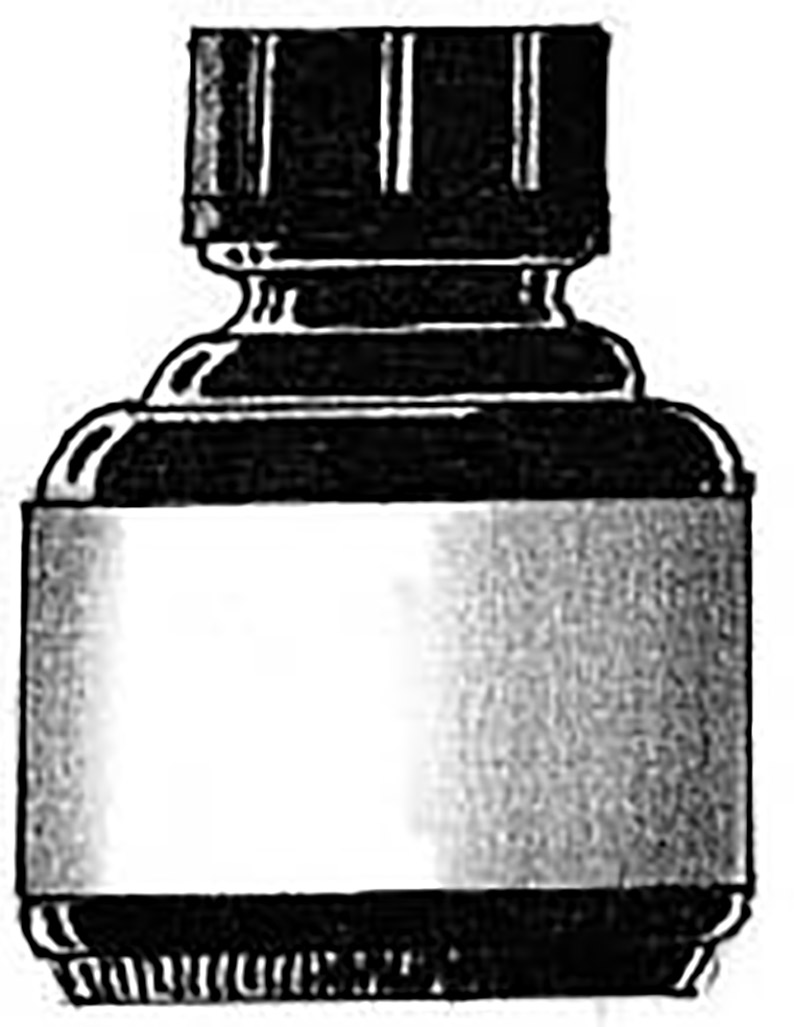
Drawing ink

Next page
